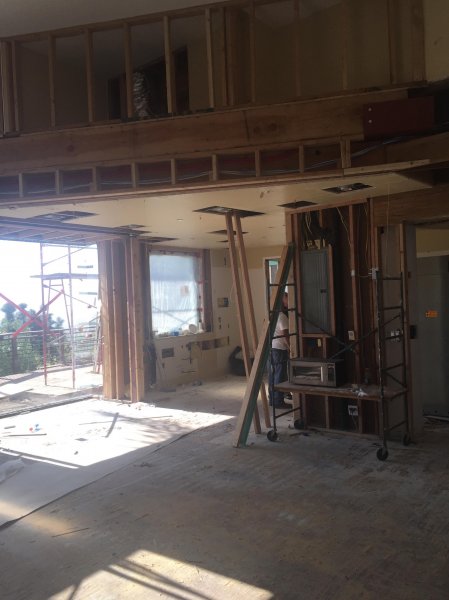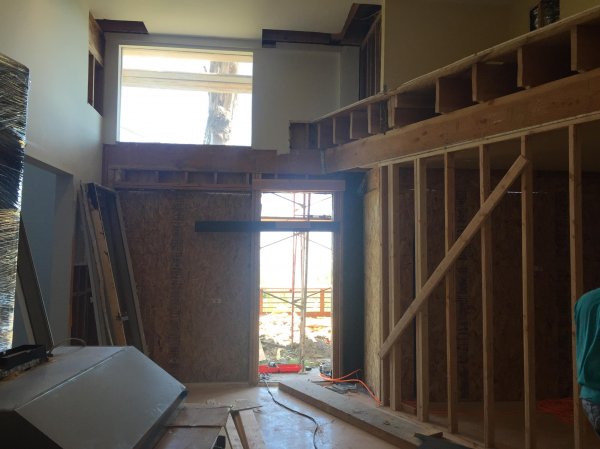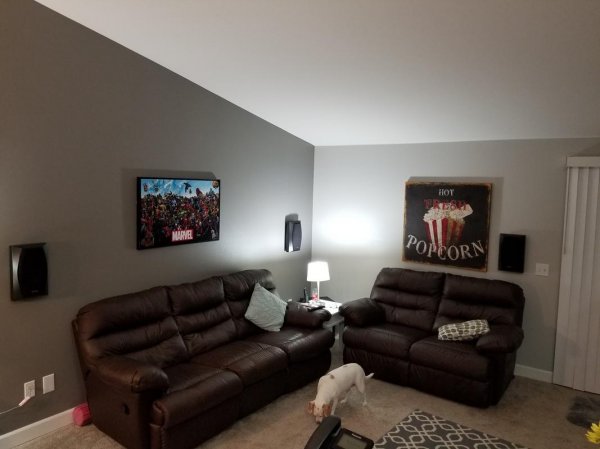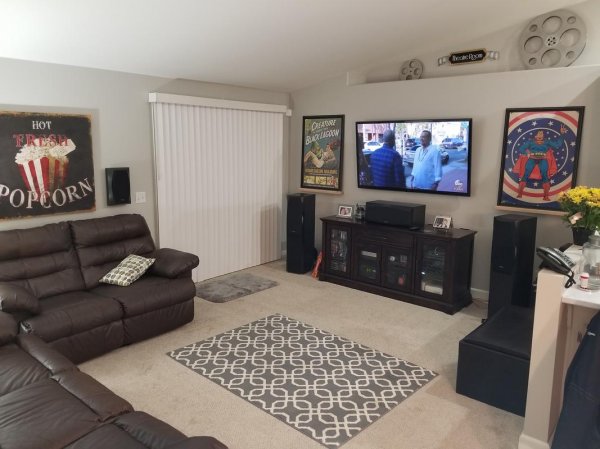Hi Ron
Love the progress! Absorption deadens the first reflection while diffusion spreads the energy over a wider area for more even coverage. Choosing which is a matter of which goal you've set. Generally if you want to hear only what's on the recording you absorb. If you intend to use the space as part of the overall effect you use a combination.
An alternative to using drapes behind you is to use a movable diffusor that you can set up behind your listening chair.
In any case seeing how Bonnie works based on Steve and Bobvin, she ain't no one trick pony. I'm sure she'll come up with a set of solutions to fit your requirements. Just be sure to tell her exactly what you are after.
I'd be curious about using the ones that cause time delay, not absorption or diffusion.
Personally I think diffusion can be muting in a weird way. Absorption can work but it also sounds strange to the ear at times.





